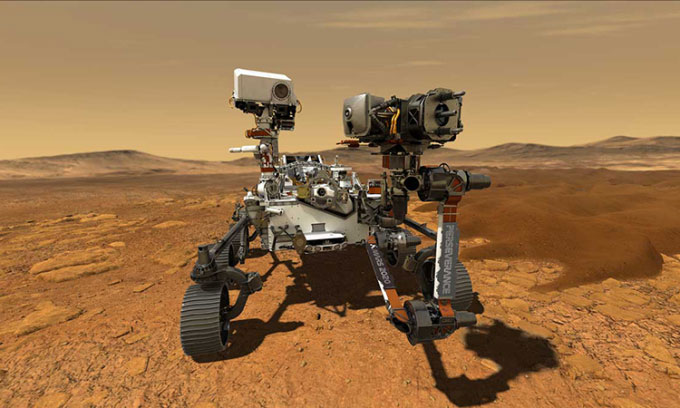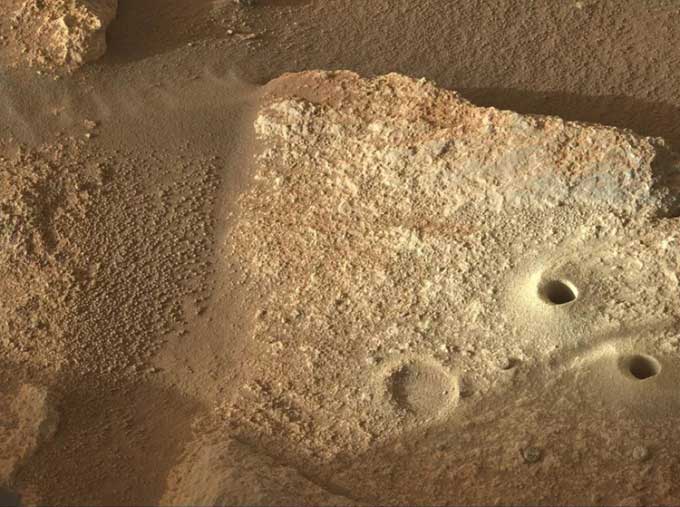The Mars rover Perseverance successfully removed pebbles stuck in its sampling tube and collected additional rock cores on January 31.

Simulation of the Perseverance rover operating at the Jezero Crater on the Red Planet. (Photo: NASA)
On December 29, 2021, Perseverance drilled into a rock named Issole to collect its sixth rock sample on the Red Planet since landing at the Jezero impact crater in February 2021. However, this six-wheeled rover, roughly the size of a car, was unable to complete the task as planned due to some pebbles clogging its sample processing system.
The incident forced NASA’s rover to eject the rock sample in January and shake the sampling tube to dislodge the pebbles last week. These actions paved the way for the next sample collection effort on January 31, also from the Issole rock.
“This rock must be quite surprised to see the rover back again,” joked members of the Perseverance mission team on Twitter. “Fortunately, we collected another sample here to replace the one that was discarded. This could be one of the oldest rocks the rover has ever sampled, so it may help us understand the history of this site.”

Perseverance’s Mastcam-Z captures images of two drill holes on the Issole rock. (Photo: NASA).
Collecting such rock and soil samples is one of Perseverance’s two main missions, alongside searching for evidence of ancient life on Mars within Jezero. NASA’s ultimate goal is to collect several dozen specimens to bring back to Earth, potentially as early as 2031, through a joint mission between NASA and the European Space Agency (ESA).
The Jezero Crater is an excellent location for these missions, as this area once contained a lake and river delta billions of years ago. NASA believes that fossilized remnants still exist on the surface of Jezero, and the mission team is eager to explore these ancient clues.


















































